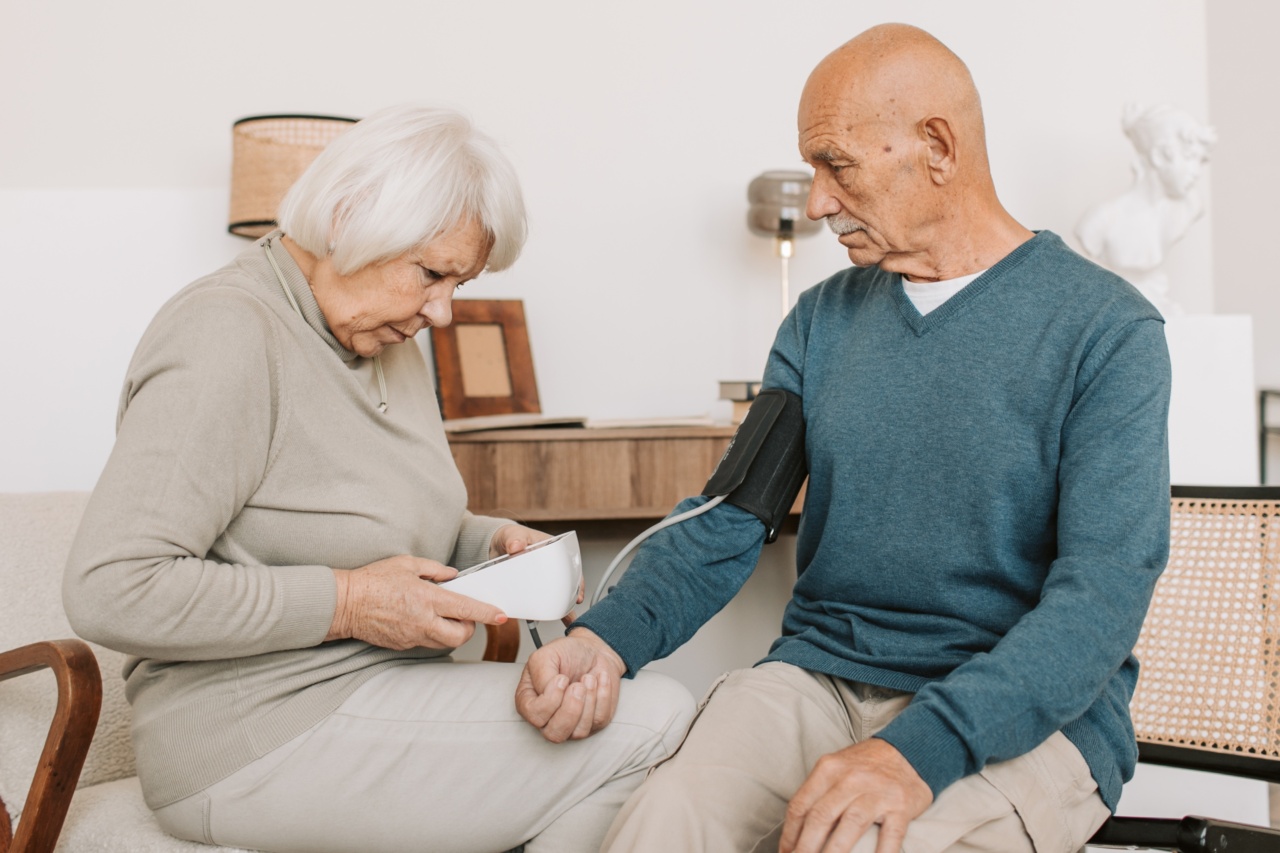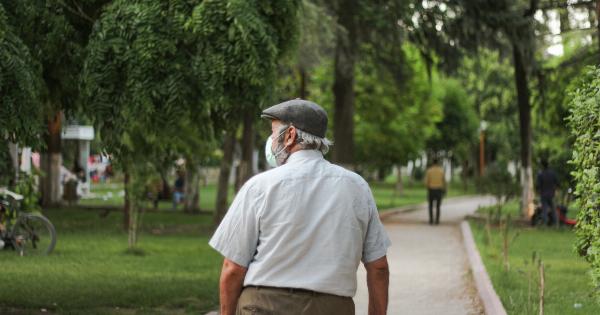The safety and well-being of our seniors is of utmost importance. One of the most common accidents that can cause severe injuries and even death among the elderly is falls.
According to statistics, falls are the leading cause of fatal and non-fatal injuries for older adults. However, the good news is that falls are not inevitable and can be prevented by implementing certain measures. In this article, we will discuss five preventive measures that can reduce elderly falls by 25%.
By following these measures, you can ensure the safety and reduce the risk of falling for your senior loved ones.
1. Maintain a Safe Living Environment
The first step in preventing falls is to create a safe living environment for seniors. This includes removing any potential hazards that can lead to falls. Clear pathways from clutter, loose rugs, and cords that are often tripping hazards.
Install handrails and grab bars in bathrooms and along stairways to offer support and stability. Make sure all rooms are well-lit, with light switches that are easily accessible. Keeping the home well-maintained and free from hazards is essential in preventing falls.
2. Promote Regular Physical Activity
Regular physical activity plays a crucial role in maintaining strength, balance, and flexibility among seniors. Participating in exercises that target the muscle groups involved in balance and coordination can greatly reduce the risk of falls.
Encourage your senior loved ones to engage in activities such as walking, tai chi, or yoga, which can improve their stability and decrease the likelihood of falls. Consult with a healthcare professional to determine the most suitable exercises for your senior’s specific needs.
3. Review Medications and Manage Health Conditions
Some medications can cause dizziness, drowsiness, or other side effects that increase the risk of falls.
Regularly review your senior’s medications with their healthcare provider to ensure they are not taking any drugs that may contribute to falls. Additionally, manage any chronic health conditions that can affect balance and mobility. Regular check-ups with healthcare professionals can help identify and address any underlying health issues that may increase the risk of falls.
4. Provide Adequate Lighting
Poor lighting can lead to misjudgment of distance, increased tripping hazards, and overall reduced visibility. Install appropriate lighting fixtures throughout the house, especially in high-risk areas such as hallways, stairs, and bathrooms.
Consider using motion sensor lights or nightlights to help seniors navigate safely at night. Ensuring adequate lighting will significantly reduce the risk of falls caused by poor visibility.
5. Assistive Devices and Home Modifications
Using assistive devices and making necessary home modifications can greatly enhance the safety of seniors. Encourage the use of walking aids, like canes or walkers, to provide extra support and stability for those with balance issues.
Install handrails or grab bars in the shower, bathtub, and toilet areas to prevent slips and falls. Furthermore, consider making modifications such as non-slip mats in the bathroom, raised toilet seats, and adjustable height beds to accommodate the specific needs of your senior loved ones.
Conclusion
Falls can have devastating consequences for seniors, but they are not inevitable. By implementing these five preventive measures, you can reduce the risk of falls for your senior loved ones by 25%.
Remember to maintain a safe living environment, promote regular physical activity, review medications and manage health conditions, provide adequate lighting, and make use of assistive devices and home modifications. By prioritizing their safety and well-being, you can help your seniors live a happy and independent life, free from the fear of falls.





























